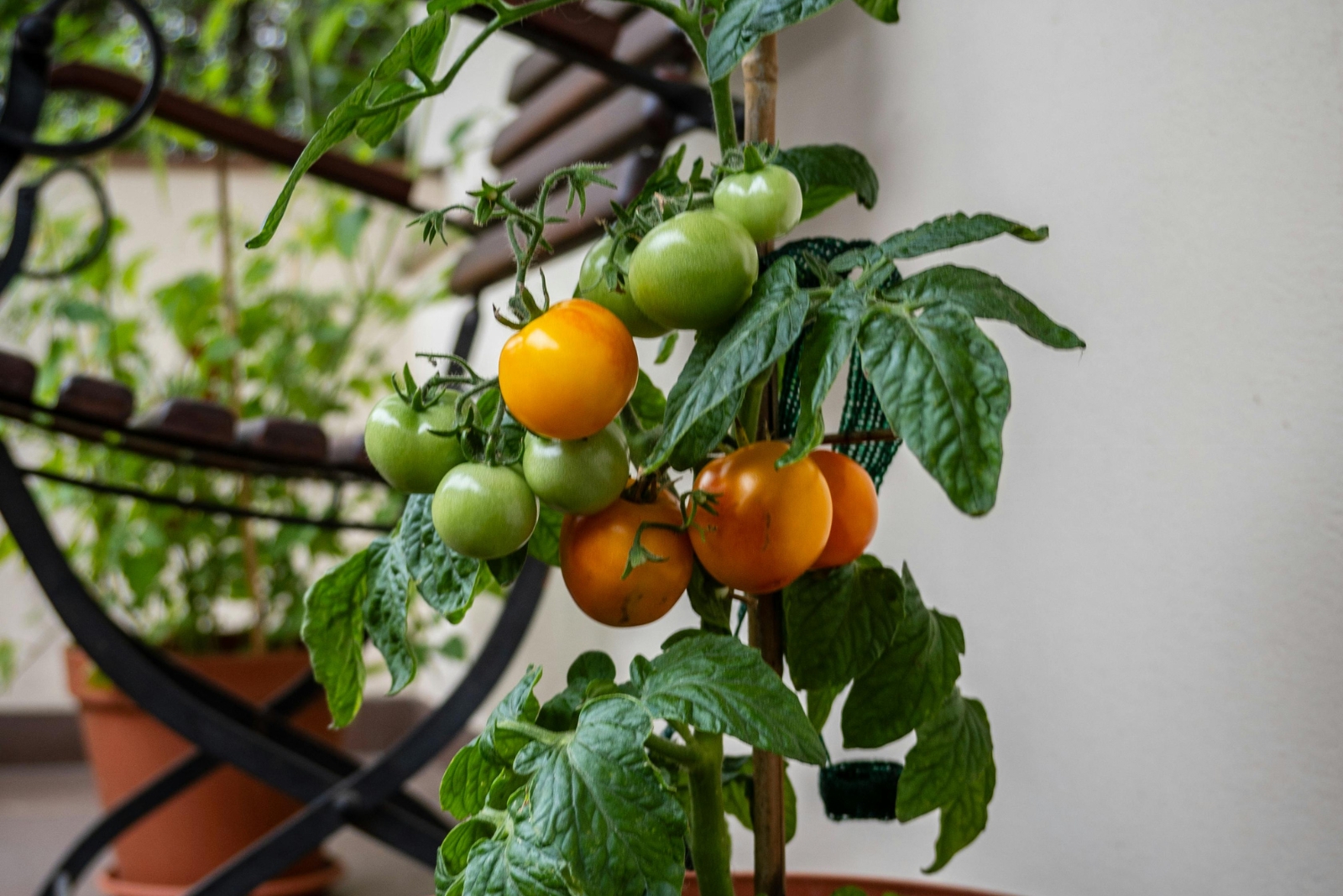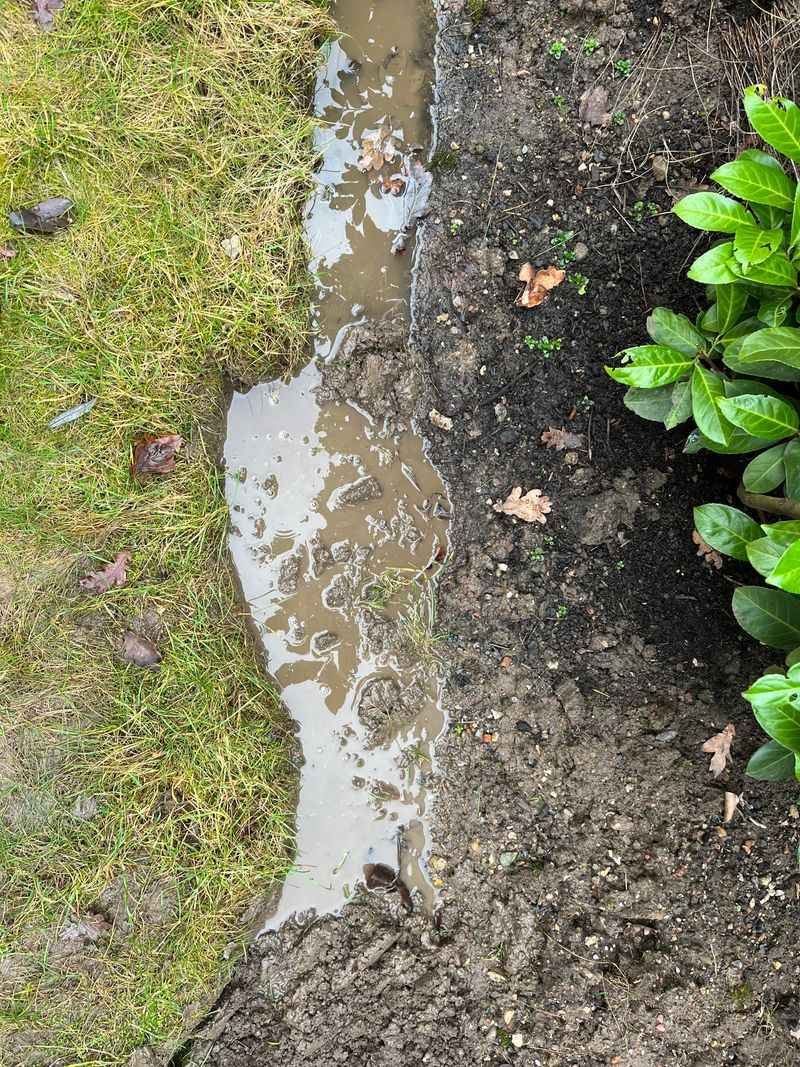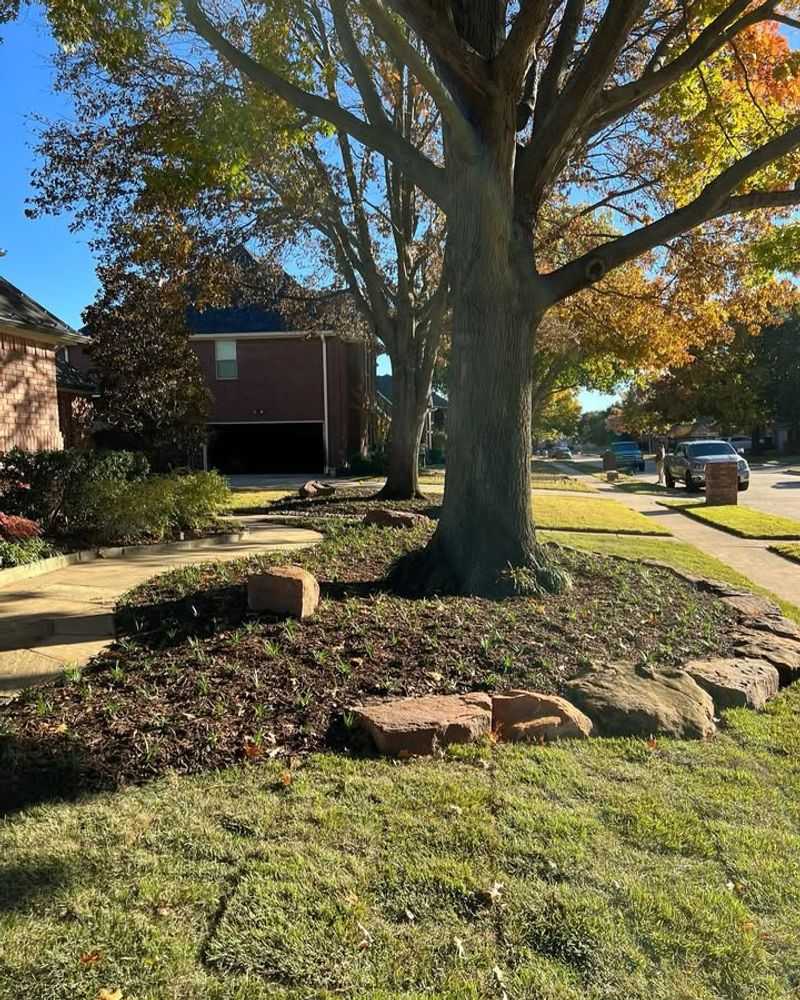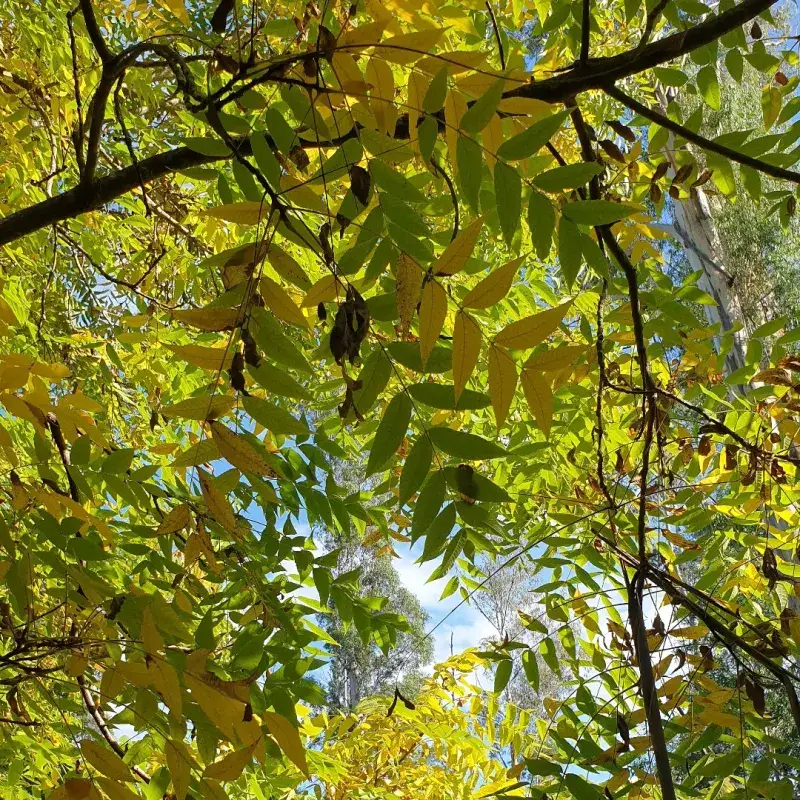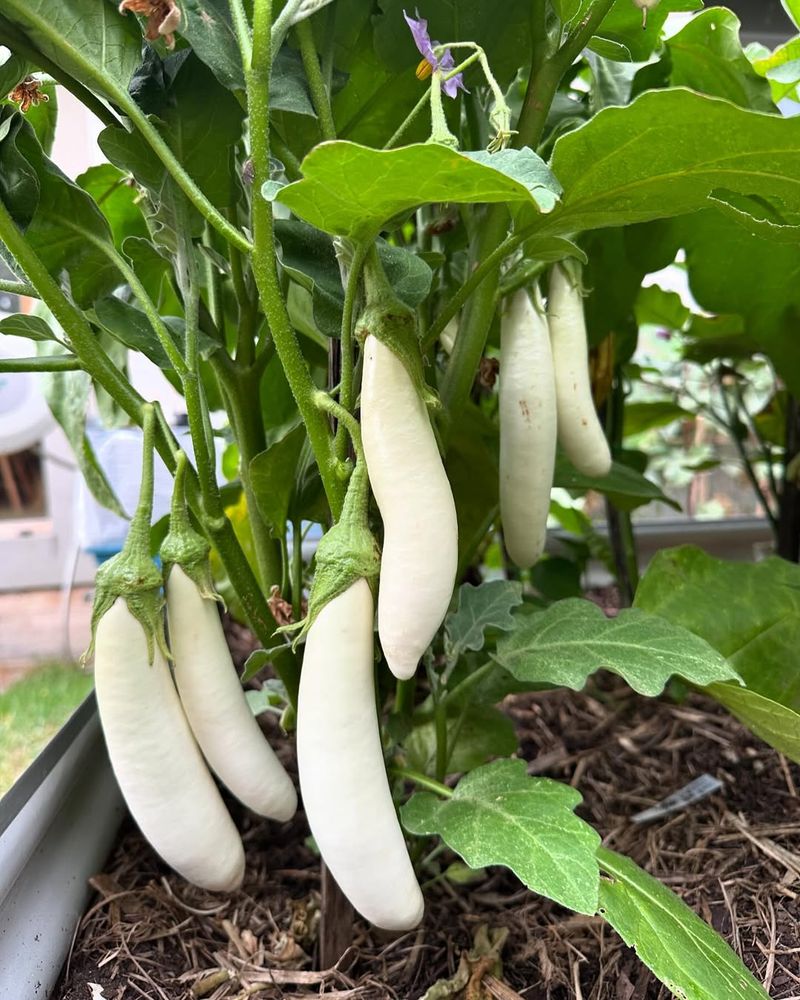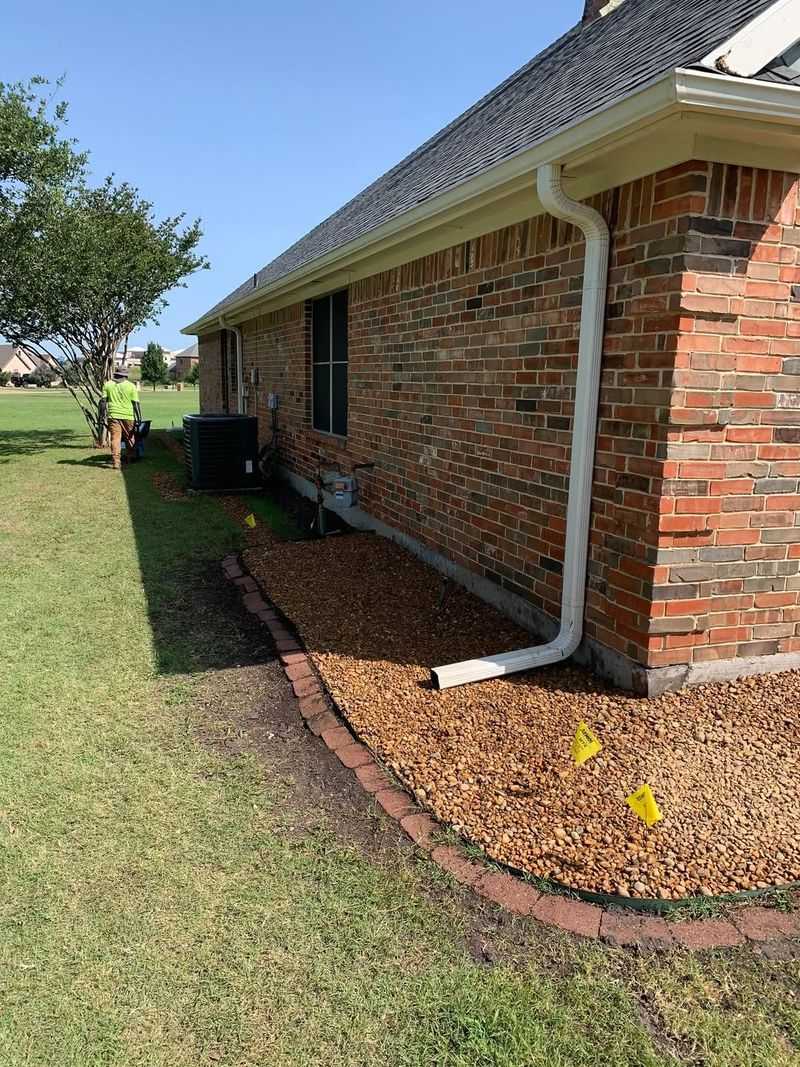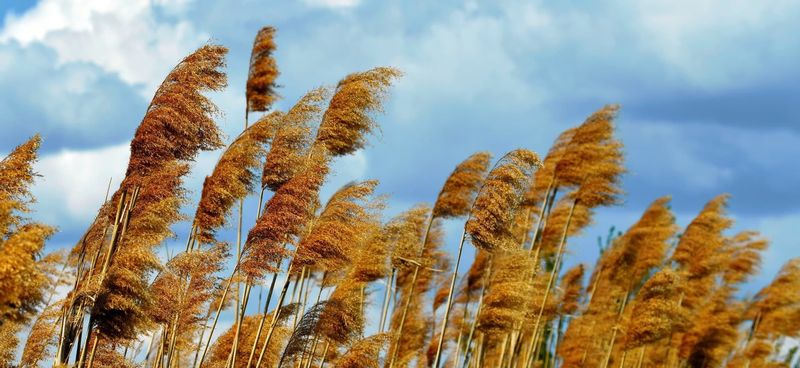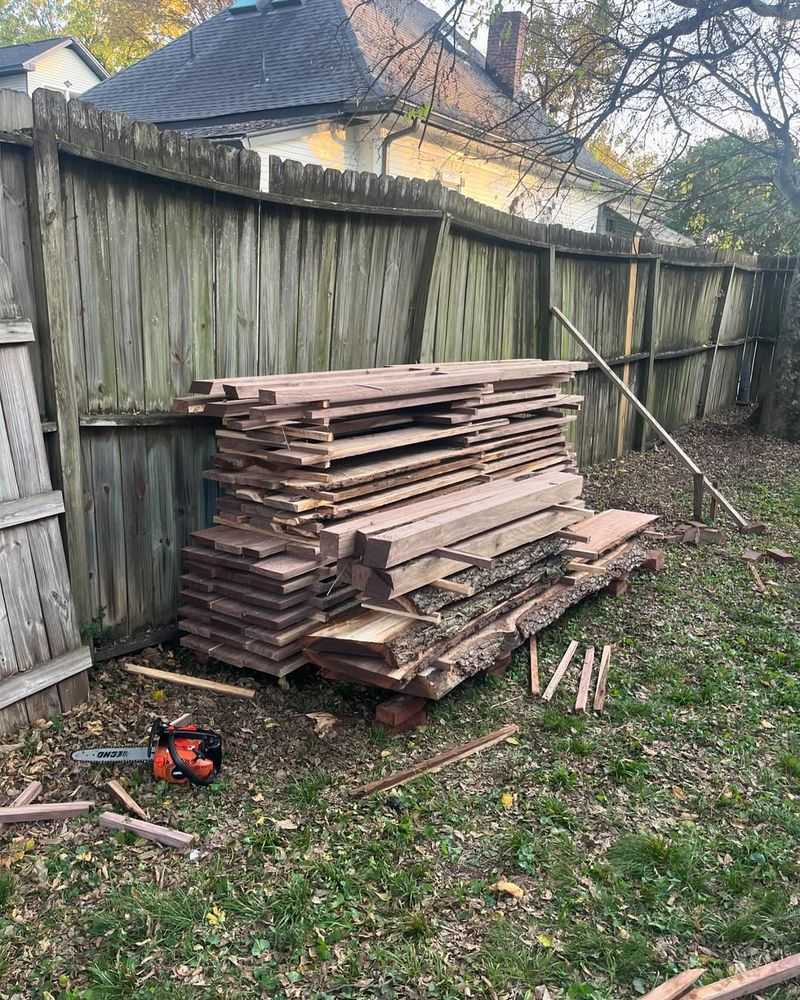Growing tomatoes in Alabama can be incredibly rewarding, but choosing the wrong spot can ruin your entire harvest. Alabama’s hot summers and unpredictable weather mean your tomato plants need just the right conditions to thrive.
Experts agree that certain locations will doom your plants before they even have a chance to produce fruit. Learning where not to plant can save you time, money, and a whole lot of frustration.
1. Low-Lying Areas That Collect Water
Waterlogged soil is a tomato plant’s worst nightmare. Alabama gets plenty of rainfall, especially during spring and summer, and low spots in your yard will collect all that excess water.
When roots sit in soggy soil, they can’t breathe properly and start to rot. Your plants will turn yellow, wilt, and eventually die no matter how much you care for them.
Choose higher ground where water drains away naturally after storms.
2. Heavily Shaded Spots Under Trees
Tomatoes are sun-loving plants that need at least six to eight hours of direct sunlight daily. Planting beneath large oak trees or other shade-producing giants will leave your tomatoes struggling for light.
Without enough sunshine, plants grow tall and leggy while producing very few tomatoes. The fruit that does develop often stays green and never ripens properly.
Tree roots also compete for water and nutrients underground.
3. Areas Close To Black Walnut Trees
Black walnut trees release a chemical called juglone that’s toxic to tomatoes and many other plants. Even if the tree seems far away, its roots can spread up to fifty feet in all directions underground.
Tomatoes planted near black walnuts will wilt suddenly, turn brown, and die within days. No amount of water or fertilizer can save them once juglone poisoning begins.
Keep tomatoes at least seventy-five feet away from these trees.
4. Spots Where You Grew Nightshades Last Year
Planting tomatoes in the same location year after year invites disease and pest problems. Tomatoes belong to the nightshade family, along with peppers, eggplants, and potatoes.
When you grow these crops repeatedly in one spot in your Alabama garden, harmful pathogens and insects build up in the soil. Diseases like verticillium wilt and fusarium wilt become nearly impossible to control.
Rotate your tomatoes to a fresh location each season for healthier plants.
5. Right Against Your House Foundation
Planting directly against your home’s foundation might seem convenient, but it creates several serious problems. Walls reflect intense heat during Alabama’s scorching summers, essentially baking your tomato plants.
Poor air circulation near buildings encourages fungal diseases like early blight and powdery mildew. Moisture from the soil can also damage your foundation over time as you water regularly.
Give plants at least three feet of breathing room from structures.
6. Windy, Exposed Hilltops And Open Fields
Strong winds can snap tomato stems, tear leaves, and knock over entire plants even when they’re staked. Alabama experiences sudden thunderstorms and gusty conditions that pummel exposed gardens without mercy.
Constant wind also dries out soil quickly, forcing you to water much more frequently. Pollinating insects struggle to visit flowers when winds are too strong, reducing fruit production significantly.
Plant near windbreaks like fences or hedges for protection.
7. Contaminated Soil Near Treated Lumber Or Old Buildings
Older pressure-treated wood, railroad ties, and painted structures often contain harmful chemicals like arsenic, creosote, and lead. These toxins can leach into nearby soil over many years.
Tomatoes and other vegetables absorb these poisons through their roots, making them unsafe to eat. Children and pregnant women are especially vulnerable to these hidden dangers in homegrown produce.
Test your soil or avoid planting edibles near questionable materials entirely for safety.

